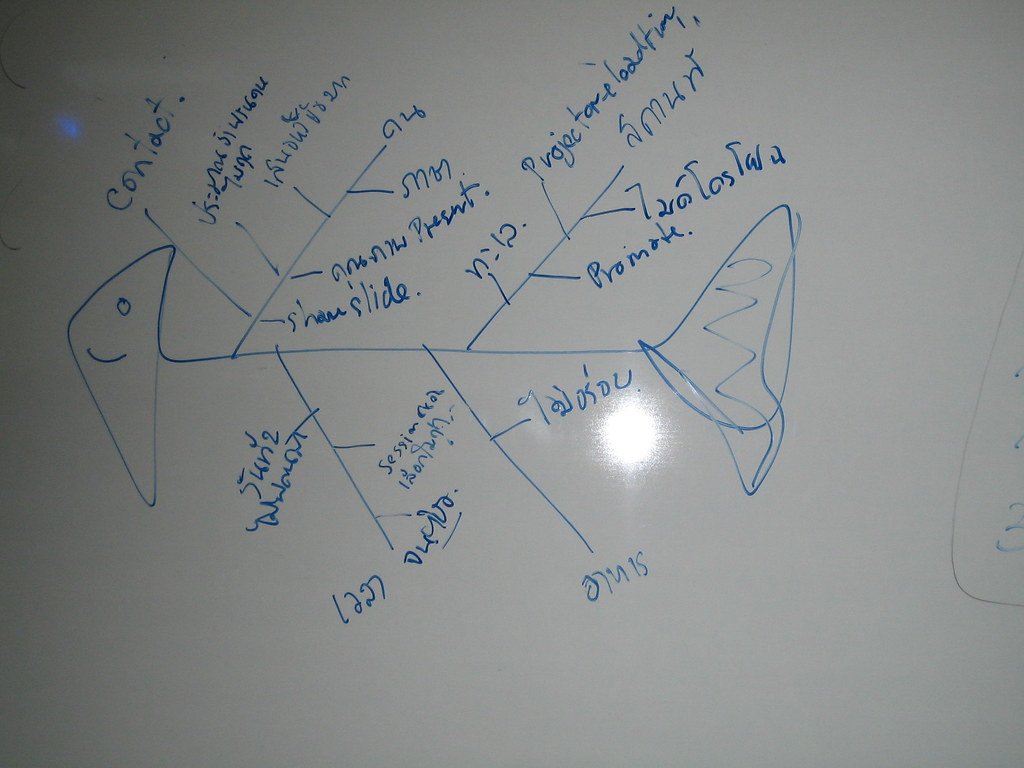In the world of quality control and process improvement, Root Cause Analysis stands as a detective’s toolkit, helping us unearth the truths behind problems. Imagine it as a magnifying glass – a tool that guides us beyond surface-level symptoms to the core issues affecting quality. Let’s embark on a journey to unravel the simplicity and profundity of Root Cause Analysis.
The Detective’s Mindset: Unraveling Complexity
Root Cause Analysis begins with a detective’s mindset – an inquisitive approach to understanding the deeper layers of a problem. Picture it as peeling an onion; each layer reveals a new aspect. By asking why repeatedly, we embark on a journey to unravel complexity and identify the fundamental causes.
Aiming for Precision: The Essence of Root Cause
Root Cause Analysis is not about treating symptoms; it’s about aiming for precision. Think of it as a surgeon removing a tumor rather than just prescribing painkillers. By addressing the root cause, organizations can ensure that problems are not merely mitigated but eradicated, fostering a culture of continuous improvement.
The Quality Control Symphony: Orchestrating with Root Cause Analysis
In the symphony of quality control, problems are the discordant notes, and Root Cause Analysis is the conductor’s baton. It orchestrates the harmonious resolution of issues, ensuring that every corrective action contributes to the melody of quality. Understanding how to wield this tool allows organizations to navigate the intricacies of improvement.
Peeling the Layers: The Journey of “Why”
Root Cause Analysis involves peeling the layers of a problem, akin to solving a mystery. Imagine a detective asking “why” to unveil hidden clues. Each “why” peels away another layer until the core issue is exposed. By systematically asking questions and digging deeper, organizations can identify the root cause.
Cause-and-Effect Relationships: Unmasking Connections

Understanding cause-and-effect relationships is fundamental to Root Cause Analysis. It’s like connecting the dots in a painting to reveal the bigger picture. By identifying how various factors interrelate, organizations can unmask connections and gain insights into the complex web of influences shaping the problem.
The Dance of Continuous Improvement: Choreographing with Root Cause Analysis
In the dance of continuous improvement, Root Cause Analysis is the choreographer, orchestrating movements to enhance efficiency. It’s like refining a dance routine to perfection. By consistently using this tool, organizations can fine-tune their processes, ensuring that problems are not just solved but prevented from reappearing.
Preventive Measures: Fortifying the Dance
Root Cause Analysis goes beyond reactive measures; it paves the way for preventive action. Imagine fortifying a castle against future attacks. By addressing the root cause, organizations can implement preventive measures, creating a robust defense against recurring problems and ensuring sustained quality.
Continuous Learning: The Dance of Evolution
Root Cause Analysis fosters a culture of continuous learning, akin to a dancer evolving with each performance. It’s not a one-time act but a continuous dance of improvement. By analyzing root causes, organizations learn from their experiences, adapt their strategies, and evolve in the pursuit of excellence.
Pitfalls in the Dance: Navigating Challenges
Even in the graceful dance of Root Cause Analysis, pitfalls may emerge. Navigating these challenges is essential to maintaining the rhythm and ensuring that the tool contributes effectively to quality control and process improvement.
Superficial Analysis: Beyond the Obvious
One common pitfall is stopping at superficial analysis – addressing symptoms without delving into the deeper layers. Root Cause Analysis demands depth. It’s about going beyond the obvious to unearth the fundamental issues causing the problem, ensuring that solutions are comprehensive and long-lasting.
Blame Game: A Detour from Improvement
Another pitfall is the blame game – using Root Cause Analysis as a tool for pointing fingers rather than solving problems. It’s crucial to foster a blame-free environment where the focus is on improvement rather than assigning fault. This cultural shift ensures that the tool serves its purpose in driving positive change.
Conclusion: The Dance Continues
In the grand odyssey of quality control and process improvement, Root Cause Analysis is the guide, leading us through the layers of understanding. It’s a journey of precision, continuous improvement, and unearthing truths. Armed with this tool, organizations can continue the quest towards perfection in the ever-evolving world of quality control.